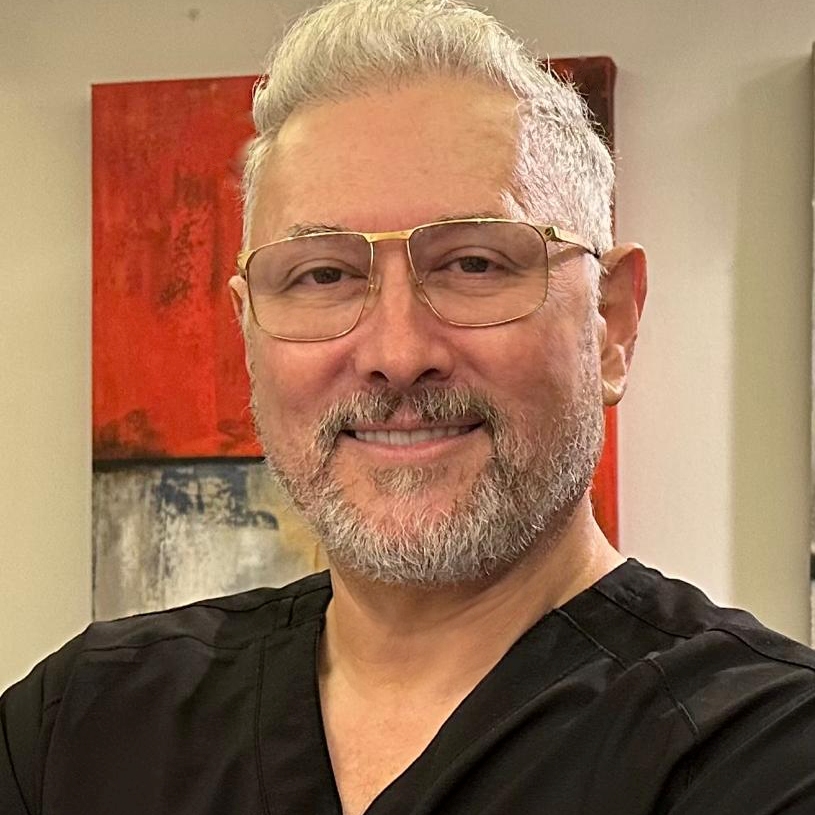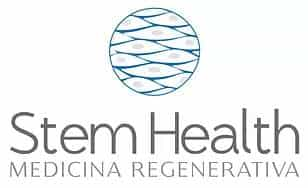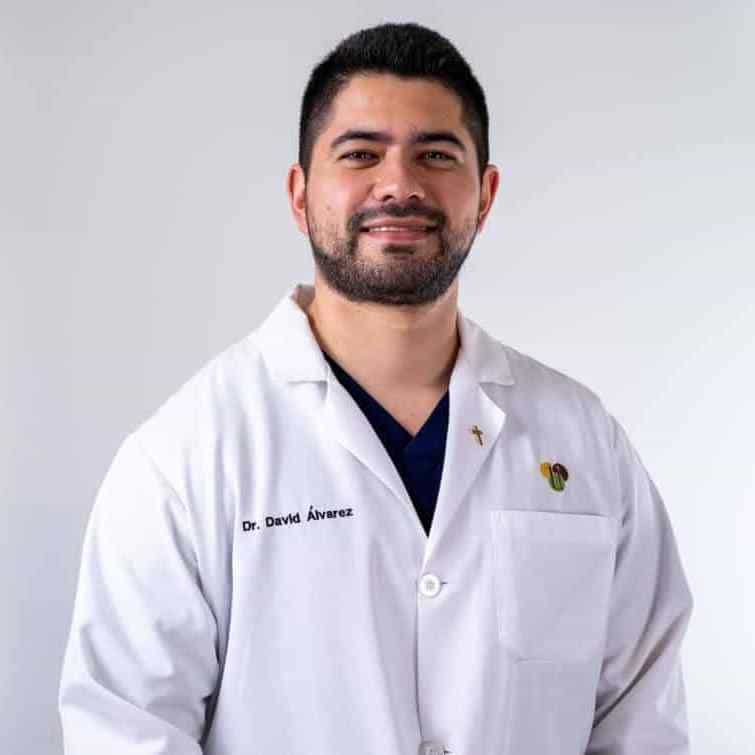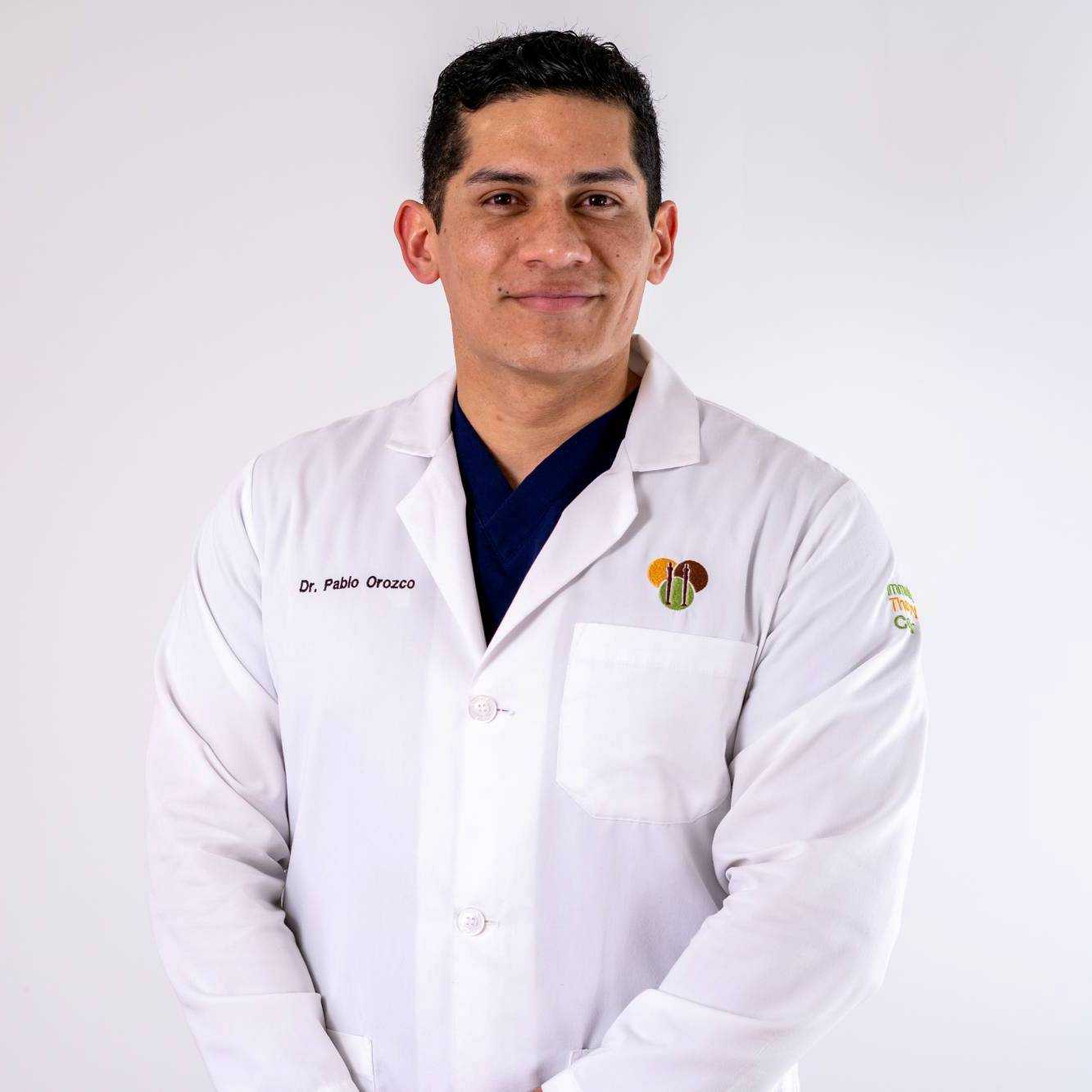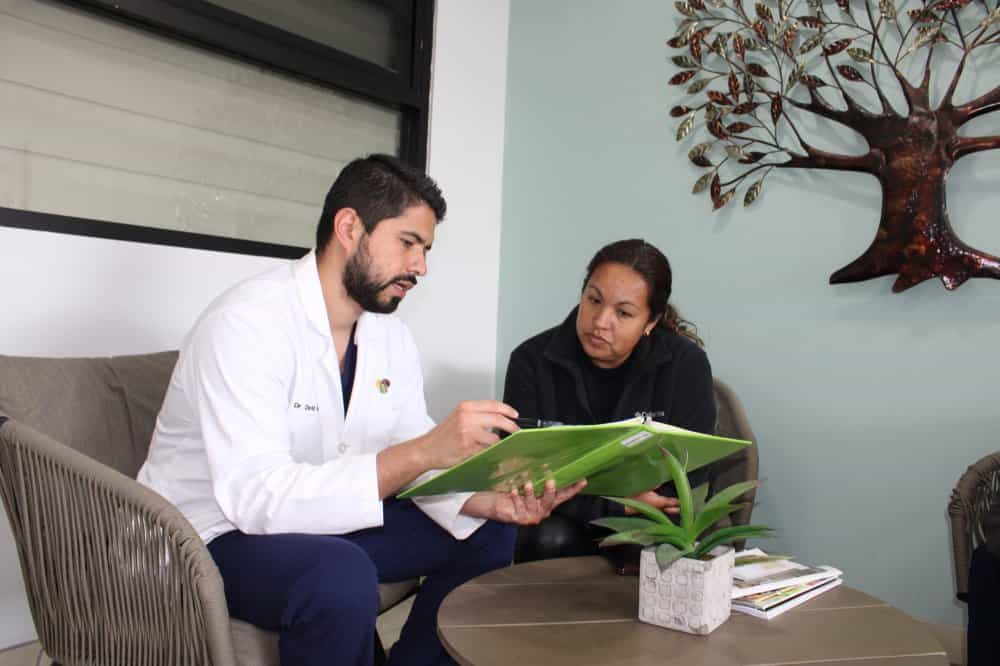Reversing Mercury Toxicity Through Chelation Therapy - Sanoviv Medical
Chelation therapy is a safe and effective method for drawing toxins and metabolic wastes from the bloodstream. It involves the intravenous infusion of a prescription medicine called ethylene diamine tetra acetic acid (EDTA). This is a substance which removes undesirable metals from the body. Some metals, such as lead, mercury and cadmium are poisons. Lead and cadmium levels correlate with high blood pressure. All metals, even essential nutritional elements, are toxic in excess or when abnormally situated. EDTA normalizes the distribution of most metallic elements in the body.
Chelation therapy is also used to reverse hardening of the arteries, a plaque formation within arteries that blocks the flow of blood. Plaques are composed of fibrous tissue, cholesterol and calcium. The reversal is accomplished in part through the removal of the calcium content of plaque from the artery walls through the injection of chelating agents. By restoring good circulation to all the tissues of the body, chelation therapy can help to avoid gastric bypass surgery, reverse gangrene, alleviate intermittent claudication of the legs, restore memory and detoxify the body. Chelation therapy can be used in conjunction with most other therapies for cardiovascular disease.
Mercury/Amalgam Fillings
Many of you are aware of the controversy that existed regarding whether or not mercury is released from amalgam fillings. Thanks to modern technology that long-running controversy has been resolved. There are now sophisticated analytical instruments that can accurately record the amount of mercury vapor released from amalgam fillings. At Sanoviv we are using such an instrument and there is no longer any doubt that everyone with amalgam fillings is being continuously exposed to mercury.
The amount of mercury that is released from amalgam fillings is dependent on a number of factors. Obviously the number, size, and length of time these fillings have been present are important considerations. The type of amalgam used is also significant, with the newer amalgam fillings releasing 10 times as much mercury as those placed 10 to 15 years ago. The amount of mercury released is also increased by such routine procedures as eating, drinking hot liquids, and tooth brushing. In addition, teeth grinding (it is estimated that at least 50% of the population grind their teeth) and chewing gum can dramatically increase the release of mercury from amalgam fillings.
There are over 225 million people in the United States and Canada with mercury/amalgam fillings. In the majority of cases the daily amount of mercury released by amalgam fillings will far exceed the acceptable levels for mercury set by all governmental regulatory agencies. The mercury released from amalgam fillings is by far the leading source of mercury exposure, with mercury found in seafood a distant second.
Regardless of how many mercury/amalgam fillings you have, or whether or not you now have any obvious mercury poisoning symptoms, you will have mercury stored in your body. Its ultimate effect will be determined by the above factors, the overall state of your health, and your body's ability to naturally detoxify itself of mercury.
Mercury poisoning from amalgam fillings is considered chronic and will often accumulate faster than the body can detoxify and remove it. It is known to gradually build up in cells, tissues, and organs, until symptoms of mercury poisoning are experienced. The only effective way to reverse the damage done to your body by mercury is to remove the source of the poison (amalgam fillings) and then to remove the mercury that has accumulated in your body.
At Sanoviv, chelation therapy is employed by our dentists during the process of amalgam removal. This helps to eliminate stored mercury and to ensure that no mercury is released into the blood system during the procedure.
Chelation therapy is a safe process. When the FDA (US Food and Drug Administration) finally approved the design and protocol for chelation therapy's Investigative New Drug (IND) application, they had already made a search for reports of adverse or poor results, including serious side effects, stemming from the treatment. No unfavorable evidence was found. Indeed, the FDA went so far as to officially request from all state and regulatory agencies across the United States any information relating to deaths, deleterious effects, poor results, no results, patient complaints, physician condemnation or any other expression of opposition to intravenous infusion with EDTA to accomplish chelation treatment for atherosclerosis. The FDA received zero reports in response to their inquiry.
As a result, the safety of IV EDTA, properly administrated, was not an issue with FDA officials during planning sessions with clinical researchers when the IND research protocol was designed.
Please Click Here to request more information from Sanoviv Medical Institute.







